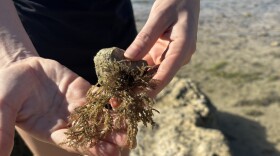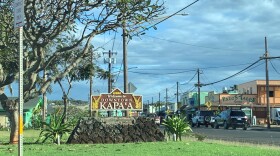A new online mapping tool has been launched to track the population of invasive rose-ringed parakeets on Kaua‘i.
It also aims to inform the public on population management measures to reduce the spread of the invasive birds.
The Office of Economic Development says the user-friendly online tool allows people of all ages to contribute by reporting real-time sightings.
This effort builds off previous initiatives aimed at understanding rose-ringed parakeet behaviors, conducting pilot field studies to evaluate control tools, and developing effective management plans. Beginning in 2020, the County of Kaua‘i has overseen successful periodic culling operations at known roosting areas.
“By involving the community and visitor industries in tracking this invasive bird species, we can collectively take meaningful steps toward preserving Kaua‘i's unique biodiversity and supporting the sustainability of our agriculture sector. We encourage everyone on the island to join us in this important initiative and positively impact our community," Nalani Brun, director of the Office of Economic Development, said in a statement.
The parakeets pose a significant threat to locally grown crops and the delicate ecological balance of the island.
Research through the Bishop Museum by county officials shows there was a bed and breakfast in Lāwaʻi that brought in some rose-ringed parakeets and clipped their primaries to have the birds hang around freely at the establishment. The birds eventually got away and started establishing themselves at some point after 1968.
Residents, local businesses, and visitors interested in participating in the citizen science mapping initiative can visit this website to access the tool and begin mapping their observations.





